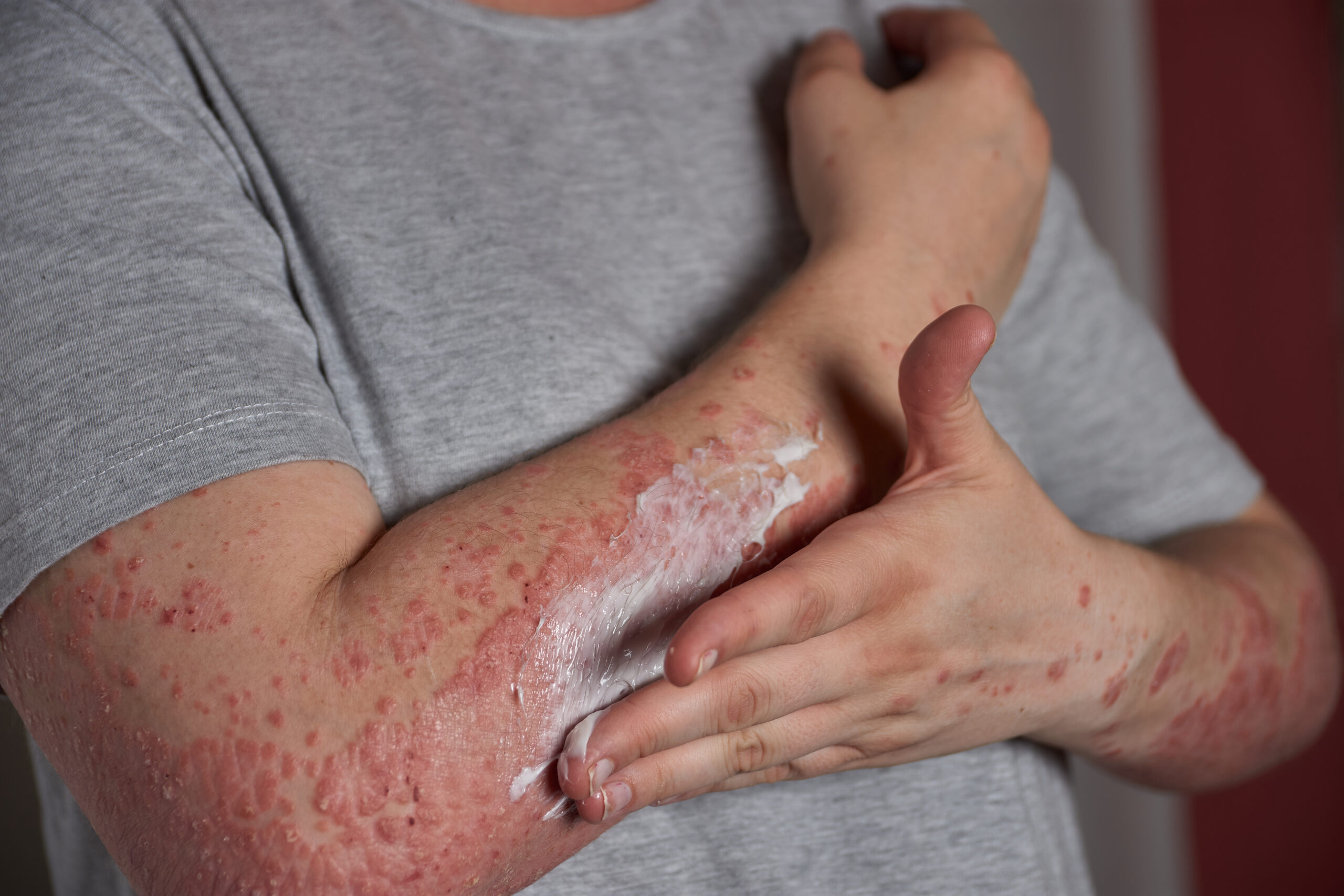Navigating the Stages of Shingles: Symptoms, Progression, and Relief
Shingles, a viral infection caused by the varicella-zoster virus, can wreak havoc on health and well-being. Understanding the stages of shingles is crucial for early intervention and effective management. In this comprehensive guide, we unravel the journey through the stages, from the earliest warning signs to finding relief and recovery.
Early Warning Signs: Prodromal Stage:
At the outset of a shingles episode, the body often sends signals that something is amiss. These subtle cues manifest as tingling, burning, or itching sensations, often experienced before the appearance of visible rashes. Recognizing these early signs is vital, as they can provide a window for timely medical attention and antiviral treatment.

Rash Emergence: Eruption Stage:
As the infection progresses, the eruption stage takes center stage. Characterized by the emergence of red and painful rashes, these distinctive marks typically appear on one side of the body, following nerve pathways. Over time, these rashes transform into clusters of fluid-filled blisters, a sight that can be both discomforting and alarming. The eruption stage is a critical juncture, marking the full bloom of the shingles virus.
Blisters and Oozing: Vesicular Stage:
The journey through the stages of shingles continues with the vesicular stage, a phase marked by the development of pronounced blisters. These fluid-filled sacs, often tender to the touch, can cause oozing and crusting. As the body’s immune response ramps up, discomfort and pain can intensify. During this stage, maintaining hygiene and refraining from scratching are paramount to prevent bacterial infections and complications.
Scabbing and Crusting: Crust Stage:
With time, the body’s remarkable healing mechanisms come into play, ushering in the crust stage. The once-fluid blisters transition into scabs, a natural process that signals the body’s efforts to repair itself. While these scabs may be bothersome, it’s crucial to resist the urge to scratch, as doing so can disrupt the healing process and lead to potential complications.
Healing and Recovery: Post-Scab Stage:
The post-scab stage is a period of healing and recovery, as the scabs gradually fall off to reveal new, tender skin underneath. While relief from the intense discomfort of earlier stages is a welcome change, some individuals might experience lingering pain or discomfort. Patience, rest, and proper wound care are essential during this phase.
Potential Complications: Post-Shingles Stage:
Beyond the immediate stages of shingles, potential complications can arise. Post-herpetic neuralgia (PHN) is one such concern, causing prolonged pain even after the shingles rash has cleared. Other complications may include bacterial skin infections, scarring, and eye involvement. Seeking medical attention promptly can help address these issues and prevent long-term consequences.
Seeking Relief and Treatment: Management Stage:
Thankfully, relief is attainable through proper treatment and management. Antiviral medications, when administered early, can shorten the duration and severity of the infection. Pain management strategies, ranging from over-the-counter pain relievers to prescription medications, can provide much-needed comfort. Consulting a healthcare professional is essential for tailored guidance and a comprehensive approach to managing shingles.
Stages of Shingles FAQs
What are the distinct stages of shingles?
Shingles progress through several stages: prodromal (early warning signs), eruption (rash emergence), vesicular (blisters and oozing), crust (scabbing and crusting), and post-scab (healing and recovery).
How can I recognize the prodromal stage of shingles?
The prodromal stage is marked by tingling, burning, or itching sensations in the affected area. These subtle signs often precede the appearance of rashes and blisters.
What does the eruption stage of shingles involve?
During the eruption stage, red and painful rashes appear, typically on one side of the body. These rashes evolve into clusters of fluid-filled blisters that can cause discomfort.
How does the vesicular stage of shingles progress?
The vesicular stage is characterized by pronounced blisters that can be tender and may ooze or crust. These blisters are a result of the body’s immune response to the virus.
What happens during the crust stage of shingles?
In the crust stage, blisters transition into scabs as part of the healing process. It’s essential to avoid scratching to prevent complications.
What occurs in the post-scab stage of shingles?
The post-scab stage involves the gradual healing of the affected area as scabs fall off, revealing new skin. Some discomfort may persist, requiring patience and proper wound care.
What is post-herpetic neuralgia (PHN)?
Post-herpetic neuralgia is a complication of shingles characterized by persistent pain in the affected area even after the rash has cleared. It can be long-lasting and challenging to manage.
Can shingles lead to bacterial skin infections?
Yes, the open blisters and sores during the vesicular stage can create an entry point for bacteria, potentially leading to skin infections.
How can I manage the discomfort during the stages of shingles?
Pain management strategies include over-the-counter pain relievers, prescription medications, and antiviral drugs. Consulting a healthcare professional is vital for tailored relief.
Are complications like PHN preventable?
Early intervention through antiviral treatment can help reduce the risk of complications like post-herpetic neuralgia. Seeking medical attention promptly is key to preventing long-term issues.
Conclusion:
The journey through the stages of shingles is a complex one, marked by discomfort, uncertainty, and gradual healing. By recognizing the early warning signs, understanding the progression of rashes and blisters, and seeking timely treatment, individuals can navigate this challenging path with greater resilience. As you navigate the stages of shingles, remember that you are not alone. Seeking professional guidance and maintaining a positive outlook are essential allies on the road to recovery.




